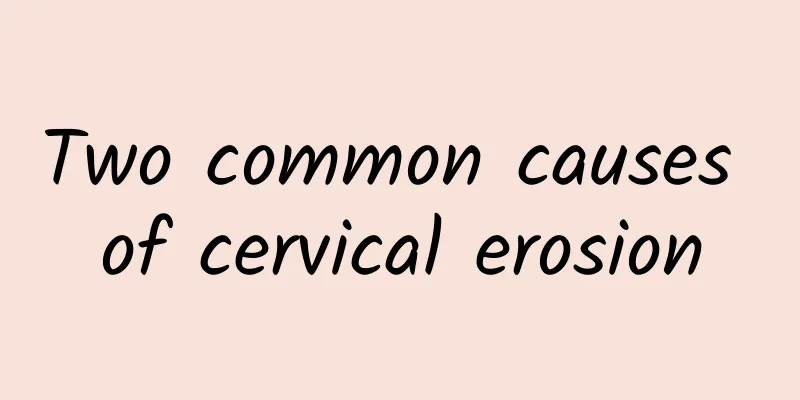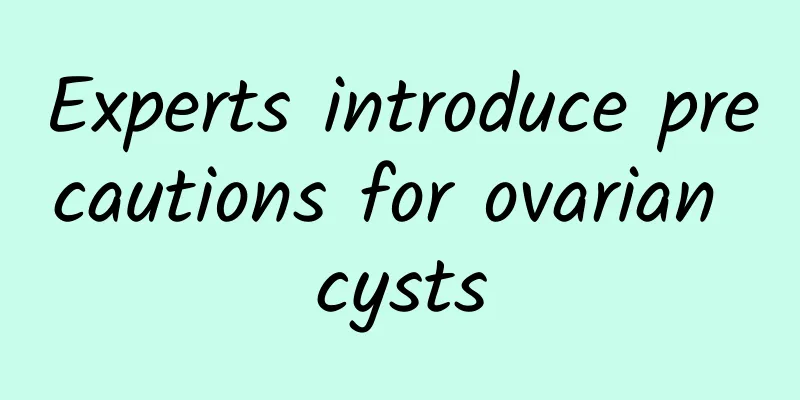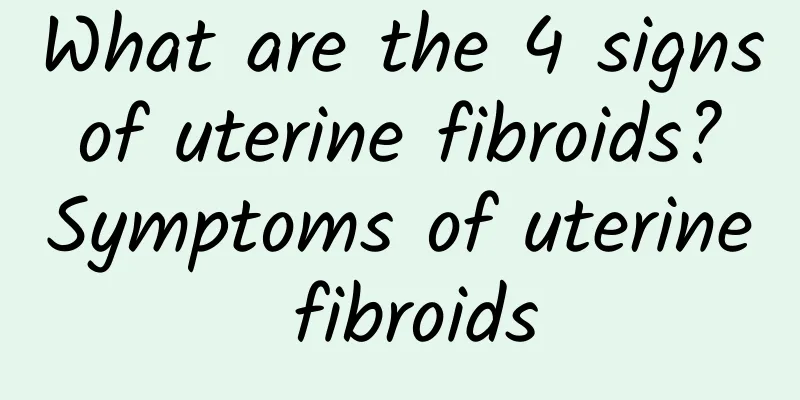What is the nature of ovarian chocolate cyst?

|
What is the nature of ovarian chocolate cyst? It is caused by ovarian endometriosis. Its tissue structure is the same as the endometrium in a normal position. It may also undergo proliferative or secretory changes, causing menstruation. Because menstrual blood cannot be discharged, it accumulates in the ovaries and forms cysts. 1 Simple ovarian cyst: Ovarian follicular cyst or corpus luteum cyst is common on one side, with thin and clear cyst wall, no adhesion around the cyst, and the size and shape of the cyst may change with the menstrual cycle. Ovarian chocolate cyst is more common on both sides, with thick and unclear cyst wall, and may show extremely low signal shadow sign inside, with low signal ring around. Due to the stimulation of repeated bleeding of the cyst, the cyst adheres to the surrounding tissues and organs, and clinically there is often a history of dysmenorrhea. 2 Ovarian cystadenoma: Ovarian cystadenoma is common on one side, with clear cyst wall edges and no clinical symptoms. However, when the cystadenoma ruptures, there may be adhesions around it, and it needs to be differentiated based on the clinical history, such as the absence of a history of dysmenorrhea and a history of acute rupture. 3. Pelvic abscess: The wall of pelvic abscess is enhanced in a ring-shaped manner on enhanced scan, and the enhancement ring is thick. Clinically, there are often manifestations of inflammation. 4 Ovarian cancer: When there is fresh bleeding in the ovarian chocolate cyst, it can be similar to a cystic solid mass and needs to be identified with ovarian cancer. After enhanced scanning of ovarian cancer, the actual part is obviously enhanced or has wall nodules, while the ovarian chocolate cyst is similar to the actual bleeding part, and there is no enhancement or wall nodules after enhanced scanning. 5 Ovarian cystic teratoma: The signal of cystic teratoma is uniformly high, the chemical shift changes, and the fat suppression signal is relatively low, which is the best identification method. Cystic teratoma is accompanied by calcification and generally has no adhesion to the surrounding tissue. Gynecological examination: The lesion is located in the uterine rectal trap, and irregular nodular protrusions can be touched, with obvious pain, and thickening and tenderness of the uterosacral ligament. Ectopic ovaries can usually be touched as fixed cysts in one or both pelvic cavities, with or without tenderness. When there are lesions in the vagina or cervix, purple-brown spots or nodules or small hemorrhages can be seen under the mucosa. |
<<: Ovarian cyst classification Women gain weight and should beware of ovarian cysts
>>: What are the symptoms after myomectomy?
Recommend
Pay attention to the diet of patients with ovarian cysts
Understanding the dietary needs and taboos of pat...
How much does it cost to treat cervical warts?
How much does it cost to treat cervical warts? Be...
What are uterine leiomyoma and what are the symptoms of uterine leiomyoma
Uterine leiomyoma is the most common benign tumor...
What medicine to take to treat irregular menstruation? Dietary treatment for irregular menstruation in women
Many female friends suffer from different degrees...
The best tertiary hospital for the treatment of cervical precancerous lesions
Cervical precancerous lesions are a common diseas...
What should be paid attention to in the care of female pelvic peritonitis
I believe women all know that they have more vagi...
What foods should you eat to prevent ovarian cysts?
Ovarian cysts are a common gynecological disease ...
Chronic adnexitis needs to be differentiated from old ectopic pregnancy
The clinical diagnosis of chronic adnexitis needs...
What is the diagnosis of head presentation dystocia?
Dystocia is the most worrying thing for mothers a...
How to treat chronic cervicitis? Two major treatment measures for chronic cervicitis in women
Chronic cervicitis is actually very harmful to fe...
What medicine is better for treating candidal vaginitis?
What medicine is better for treating fungal vagin...
Want to be more slender? Let's do the wall push-up exercise to beautify your chest
As a dance teacher, she gained 18 kilograms durin...
What causes pelvic inflammatory disease?
Pelvic inflammatory disease is something we canno...
Little S only eats until she is full, Big S shrinks her belly in seconds
Host Little S Xu Xidi, who debuted with the girl ...
A brief introduction to the symptoms of vaginitis
What are the symptoms of vaginitis? What are the ...









